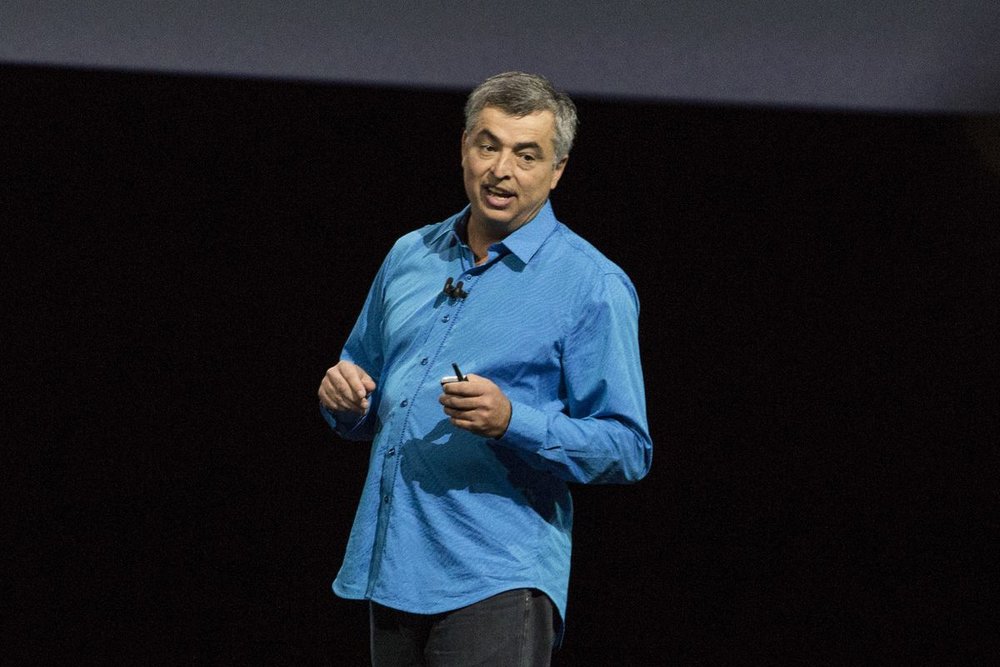After numerous complains about uneven coverage that has tarnished the reputation of Apple’s mapping app over its competitors, the iPhone maker revealed on Friday that it has completely rebuilt its navigation service from the ground up using its own data set, and the new-and-improved version of the app will hit the iPhones in the next iOS 12 beta.

Apple senior internet software and services Vice President, Eddy Cue, announced that the company was rebuilding its mapping app from ground up with better features that Google Maps
Apple Fixing its Mapping App
Apple mapping app’s first stage rollout, with coverage limited to San Francisco and Bay Area, will hit the iPhones next week and slowly expand to rest of the California, and eventually the entire country by 2019. The company told TechCrunch that it is collecting its own dataset using smartphones and its own army of sensor-equipped vehicles that have been tirelessly roaming cities around the globe.
Apple is hoping to get a competitive edge over its nemesis Google Maps by giving users more efficient information about traffic congestion and construction changes, as well as making the app’s visual interface more visually detailed by including pedestrian paths, pools and ground covers. The new Apple Maps will eventually be available on all iOS versions.
Building From Ground Up
According to insider reports, the company has been making progress on its navigation app for almost four years and it has yet to reach its ultimate goal of drive out third party apps – especially its number one competitor Google Maps which is popularly used by iPhone owners today.
Eddy Cue, Apple’s senior internet software and services Vice President, is confident that the new-and-improved app will be the best digital map service in the world and in order to take it to the next level, the company has decided to build all of its map data from the ground up instead of relying on third part sources, which, according to Cue have been the reason behind Apple Maps’ shortcomings in the past.
Cue added that there are a numerous updates and corrections that need to be approved and validated but Apple’s new technology will now allow it to fix any issues in the app in real-time.

Apple Maps sensor-equipped vans have been roaming cities around the world for the past four years
Apple’s Sensor-Equipped Vans
Last week’s reports also revealed more details about the sensor-equipped vans used by the company is gathering geographical data across the globe. The vans, which have been roaming the streets since 2015, are equipped with four LiDAR sensors, eight cameras, GPS and a distance-measuring device connected to the rear wheel.
For 24-hour uninterrupted network coverage, the vans contain a MacBook Pro attached to the floor, an iPad mounted on the dashboard to run the map capture software and an assortment of SSDs connected to the computer for additional storage.
An operator accompanying each driver assists them when needed, making sure all roads in an area are covered and imaged properly. The vehicles are also capable of creating 3D point clouds in addition to capturing images, storing all collected data into the SSDs which are sent back to Apple data center once the job is completed. The point cloud system assigns various objects such as lanes, signs and addresses to different categories.
A software used in the data center then analyzes the data and remove any private information from the photos including faces, house numbers and license plate numbers. The data in the van and data centers is protected by separate encryption keys.
Using Data from iPhone Users
Apart from using its sensor-equipped vehicles, Apple is also passively collecting data through millions of iPhone users through a completely anonymous process that preserves the users’ privacy. Cue explains that the company doesn’t track a person’s movement from point A to B. Instead, it collects the data in small segments which makes it impossible for them to determine a user’s starting point or their destination.
Apple also combines the data collected from vehicles and iPhones with computer vision analysis and high resolution satellite imagery to fine-tune its content and detect any street signs and addresses. The data is then cross-referenced with public data from city planning department.
Furthermore, Apple is also designing a toolkit which will help human editors to verify street data and submit corrections about addresses and entrance points to buildings and houses for more precision. Cue says that there won’t be any significant visual improvement in the app in the near future and there shouldn’t be any confusion in users mind that the rebuilding of the app will affect the design or visual aspect of it.










